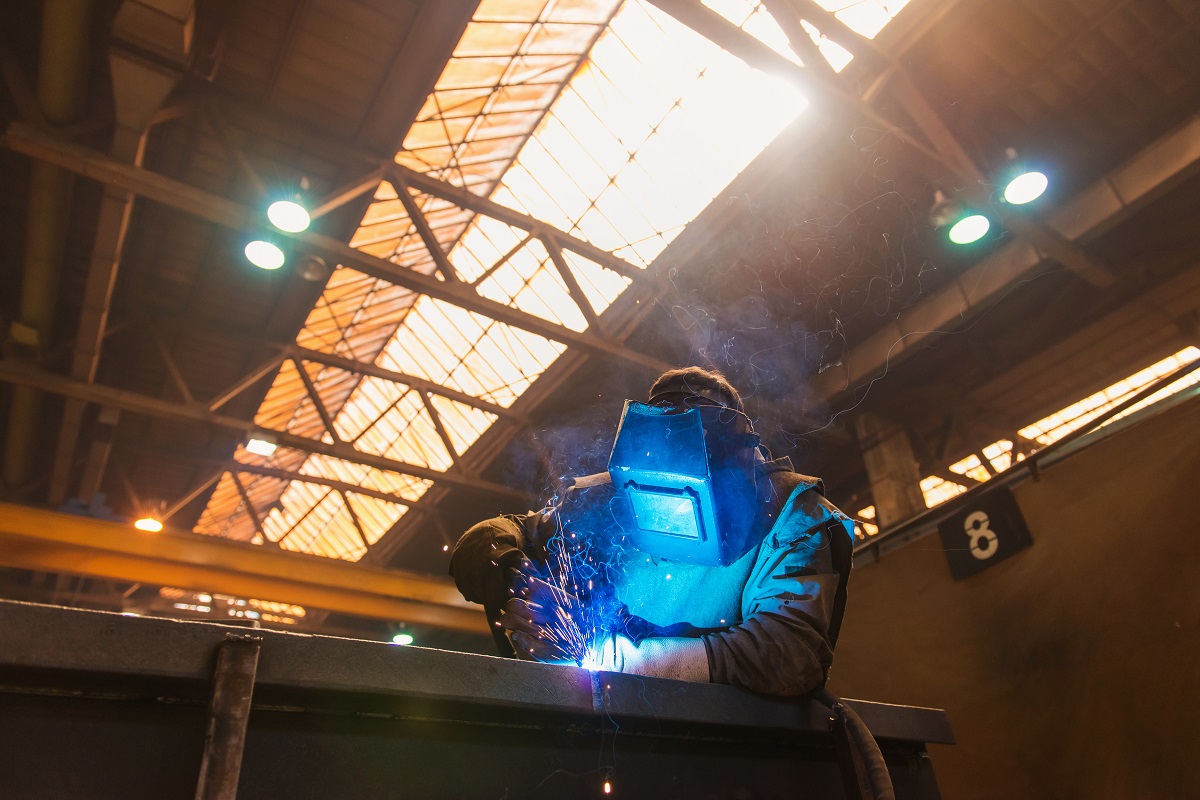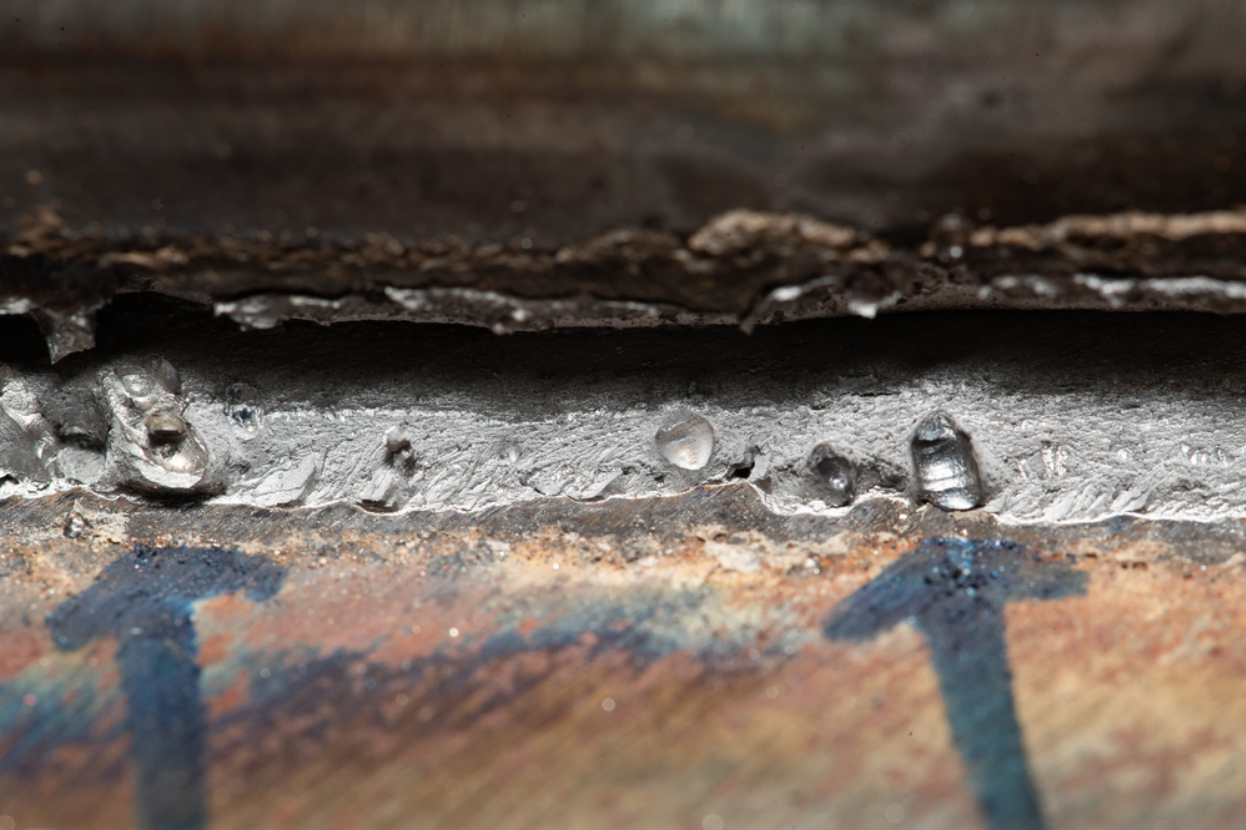Preventing Weld Undercut Demystified: Methods for Success
Preventing Weld Undercut Demystified: Methods for Success
Blog Article
Understanding the Art of Welding: Exactly How to Prevent Undercut Welding Issues for Flawless Fabrication Outcomes
By recognizing the origin creates of undercut welding and carrying out efficient techniques to prevent it, welders can boost their craft to new degrees of quality. In the pursuit of remarkable manufacture outcomes, mastering the art of welding to stay clear of undercut issues is not simply a skill however a requirement for those aiming for excellence in their work.
Recognizing Undercut Welding

To stop undercut welding, welders must guarantee proper welding parameters, such as readjusting the current, voltage, travel rate, and preserving the correct electrode angle. Furthermore, utilizing the proper welding method for the specific joint setup is important. Utilizing weaving motions or backstepping strategies can aid guarantee proper weld metal deposition and reduce the probability of undercut formation. Routine assessment of welds during and after the welding process is likewise vital to catch any undercut very early and make needed modifications to avoid further defects. Preventing weld undercut. By understanding the reasons of undercut welding and implementing safety nets, welders can accomplish high-grade, structurally audio welds.
Root Causes Of Undercut in Welding
Comprehending the variables that contribute to undercut in welding is vital for welders to produce top quality, structurally audio welds. Undercutting takes place when the weld steel does not effectively fill up the groove created in between the base steel and the formerly transferred weld metal. Numerous variables can bring about damage in welding. One common reason is extreme warmth input. Welding at high temperature levels for prolonged periods can lead to the base steel melting greater than preferred, leading to undercut. Poor welding incorrect or current welding speed can also add to undercut. Not enough current may not supply sufficient warmth to thaw the base and filler metals properly, while excessive rate can stop correct combination, triggering undercut. In addition, inappropriate electrode angles or wrong lantern control methods can develop areas of reduced weld metal deposition, advertising undercut. Understanding these causes and implementing correct welding techniques can help stop damaging concerns, making sure strong and sturdy welds.
Methods to avoid Undercutting

To reduce the danger of undercutting in welding, welders can utilize calculated welding strategies focused on enhancing the quality and honesty of the weld joints. One efficient approach is to adjust the welding specifications, such as voltage, existing, and take a trip rate, to make sure appropriate heat input and deposition. Preserving an appropriate electrode angle and ensuring consistent traveling rate can additionally help avoid undercut. In addition, using the right welding method for the specific joint arrangement, such as weave or stringer grains, can contribute to decreasing undercutting. Preventing weld undercut.
Furthermore, correct joint preparation, including making sure tidy base materials cost-free of pollutants and making use of the proper welding consumables, is essential in avoiding undercut problems. Employing back-step welding techniques and regulating the weld grain profile can additionally aid disperse warmth uniformly and minimize the risk of undercut. Normal examination of the weld joint throughout and after welding, along with applying quality control measures, can aid in resolving and identifying damaging problems immediately. By applying these methods faithfully, welders can accomplish perfect construction results with marginal undercut problems.
Importance of Appropriate Welding Parameters
Selecting and keeping appropriate welding specifications is necessary for accomplishing successful welds with marginal flaws. Home Page Welding specifications describe variables such as voltage, current, take a trip rate, electrode angle, and shielding gas circulation rate that directly impact the next welding process. These criteria have to be carefully readjusted based on the kind of product being welded, its thickness, and the welding technique used.
Correct welding specifications ensure the correct amount of warm is related to melt the base steels and filler product uniformly. If the criteria are established too expensive, it can result in excessive warm input, triggering burn-through, spatter, or distortion. On the various other hand, if the specifications are also low, incomplete blend, absence of infiltration, or undercutting may happen.
Quality Control in Welding Operations

Verdict
To conclude, grasping the art of welding calls for a visit this page comprehensive understanding of undercut welding, its reasons, and methods to stop it. By ensuring appropriate welding criteria and applying quality control practices, remarkable fabrication results can be accomplished. It is important for welders to regularly make every effort for quality in their welding operations to stay clear of undercut problems and produce high-grade welds.
Undercut welding, a typical defect in welding processes, happens when the weld steel does not correctly fill the groove and leaves a groove or clinical depression along the welded joint.To avoid undercut welding, welders ought to make certain appropriate welding specifications, such as adjusting the existing, voltage, traveling rate, and keeping the proper electrode angle. Inadequate welding incorrect or existing welding speed can also contribute to undercut.To alleviate the risk of damaging in welding, welders can use strategic welding techniques intended at boosting the high quality and integrity of the weld joints.In verdict, understanding the art of welding calls for a detailed understanding of undercut welding, its reasons, and strategies to stop it.
Report this page